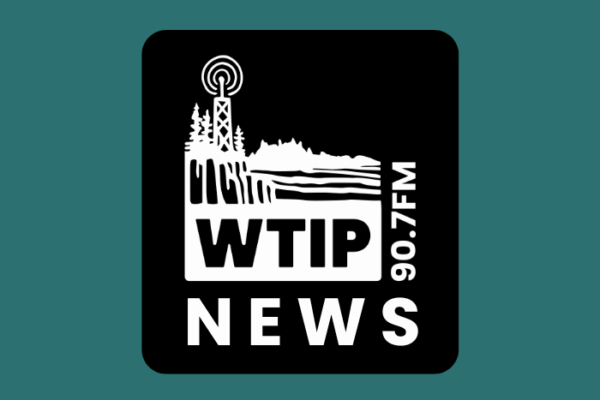Cook County participating in DNR aggregate mapping program
Developers and builders in Cook County are all too familiar with the limited access to aggregate materials in the area. It means that any building and infrastructure projects, from private property owners building septic systems, through the county highway department, maintaining the hundreds of miles of county roads, pay a premium for transporting materials like sand and gravel to their projects.
The Minnesota Department of Natural Resources has been working with counties across the state for the past 15 years to map potential resources of different types of aggregate. Cook County Land Services Zoning Administrator Neva Maxwell told WTIP that knowing where the resources are in the county will be helpful to developers and will help her department in making decisions about where future gravel pits should be located.
Another county department with a significant interest in the project is the Highway Department. Highway Engineer Robbie Kimmel-Hass said access to aggregate resources was vital to his department’s work. “It’s something we use and we think about daily,” Kimmel-Hass said. “You think about how many miles of roads we have that are gravel, I think we’re right around 200 miles of road that need to get maintained.”
Maxwell explained that the DNR has organized funding for each county, by applying for grants to cover the work. After requesting to participate in the program, Cook County was slated for mapping in several years. However, Maxwell said the county was able to secure funding through One Watershed, One Plan for Lake Superior North, which would cover the mapping along Lake Superior. The Highway Department was able to arrange funding to cover the Rainy River watershed area. Because the county assisted in funding the project, the DNR was willing to prioritize mapping Cook County.
The final results from the mapping project are expected next year, however, the Cook County Board of Commissioners heard a presentation at their Sept. 23 meeting from geologist Dr. Howard Mooers from the University of Minnesota Duluth and Heather Arends from the MN DNR to talk about the work so far and what the county can expect once it is finished. Dr. Mooers has been conducting field work with UMD students throughout the summer to create preliminary maps.
The finished maps will cover the entire county, except for the Grand Portage Tribal Lands and the Boundary Waters Canoe Area Wilderness (BWCAW). Maxwell said that the Reservation Tribal Council opted out of the mapping. The BWCAW was not included in the mapping plan because mining is not allowed within the wilderness, making any potential aggregate sights identified ineligible for extraction.
While both Maxwell and Kimmel-Hass said that better access to aggregates was important, they also both stressed that knowing where the material was would not mean the immediate creation of large gravel pits and big excavation efforts. Kimmel-Hass said that a balance would be necessary in weighing the huge need for aggregate material with environmental stewardship. Maxwell said that the mapping program could help the Planning Commission with making decisions on gravel pit locations that take into consideration not only the material potential, but also whether it is being proposed in an ecologically sensitive area.
Locating aggregate is one part of a larger development and planning vision Maxwell described for the coming years. “I have a hope that once we have this aggregate resources map done, we can enter into a process to secure funds to do a comprehensive plan for the county,” she said. “And use that aggregate resource map to fold into larger planning efforts for the county, to pull people together and envision what does Cook County look like in 2050 and have some really good conversations. And I think that’s a way that we can use this map to really fold in some future, long term vision that we can all get on the same page about.”
WTIP’s Kirsten Wisniewski spoke with Neva Maxwell and Robbie Kimmel-Hass. Audio of the interview is below.














